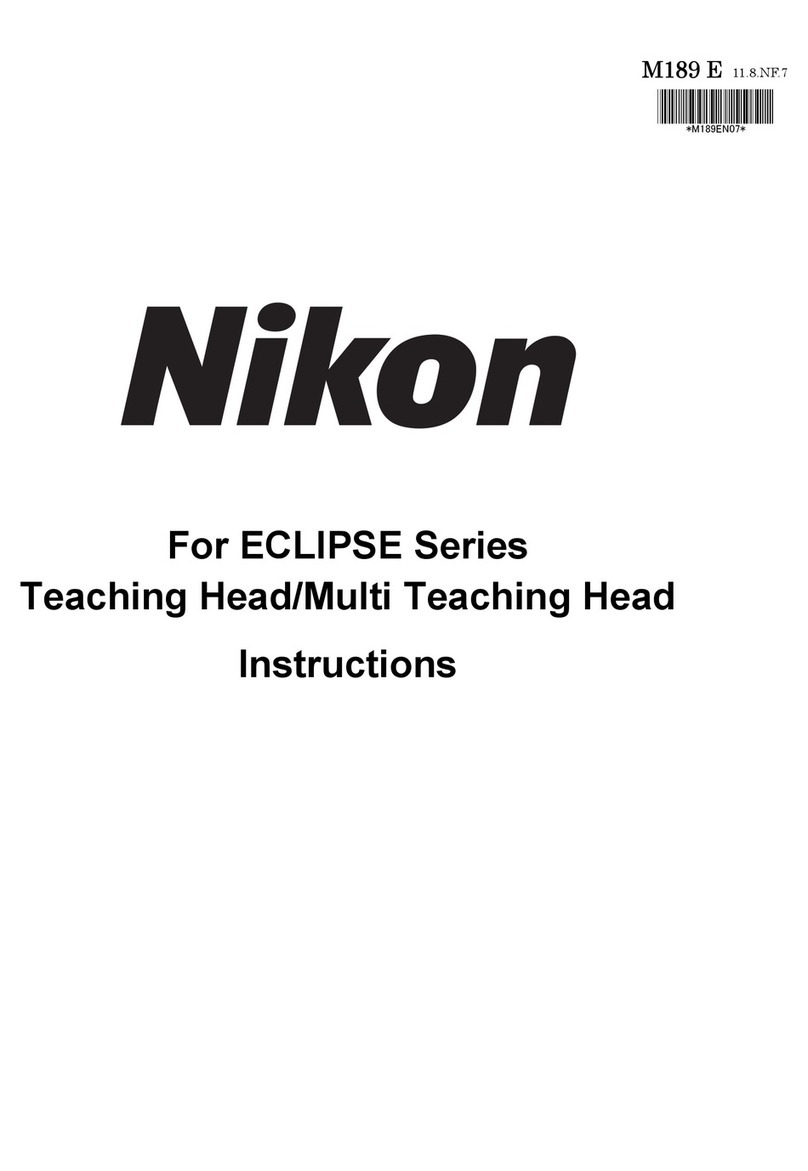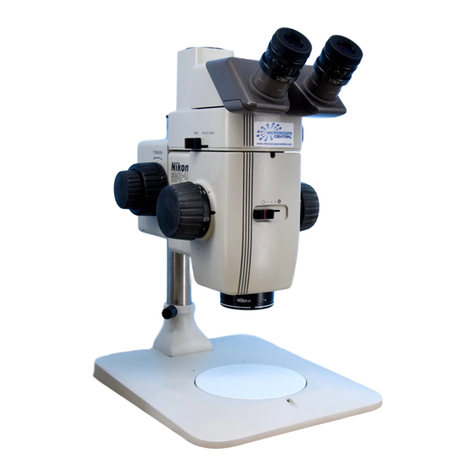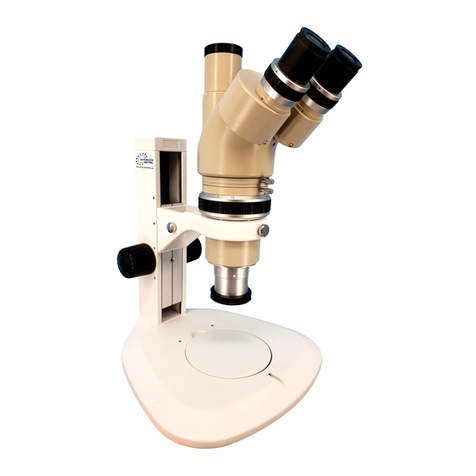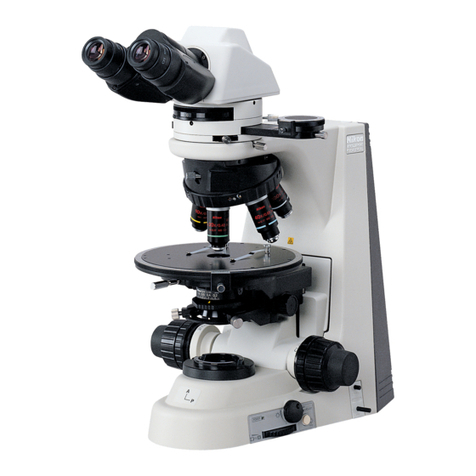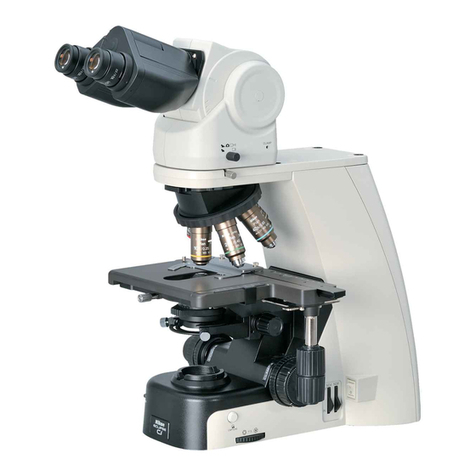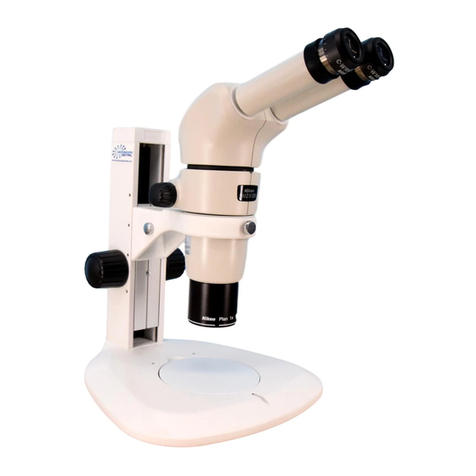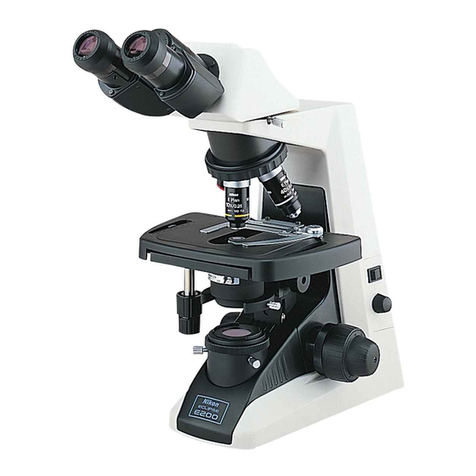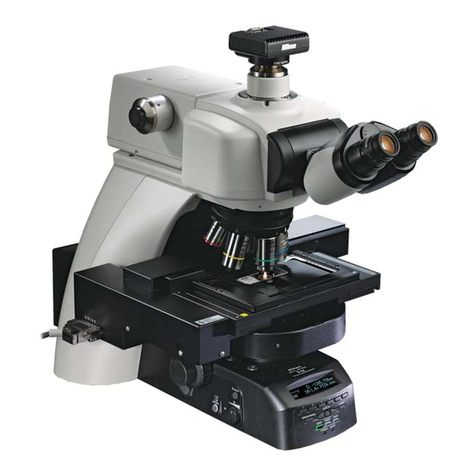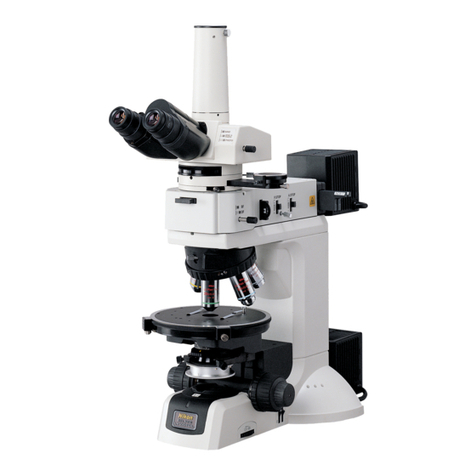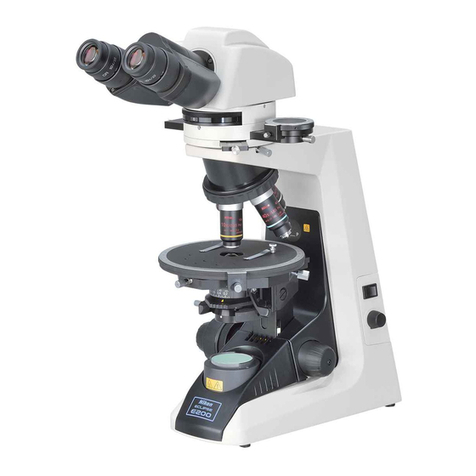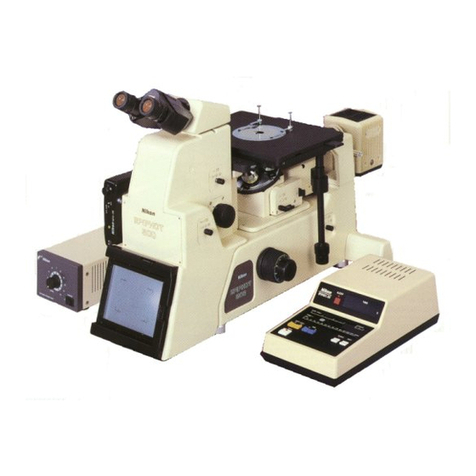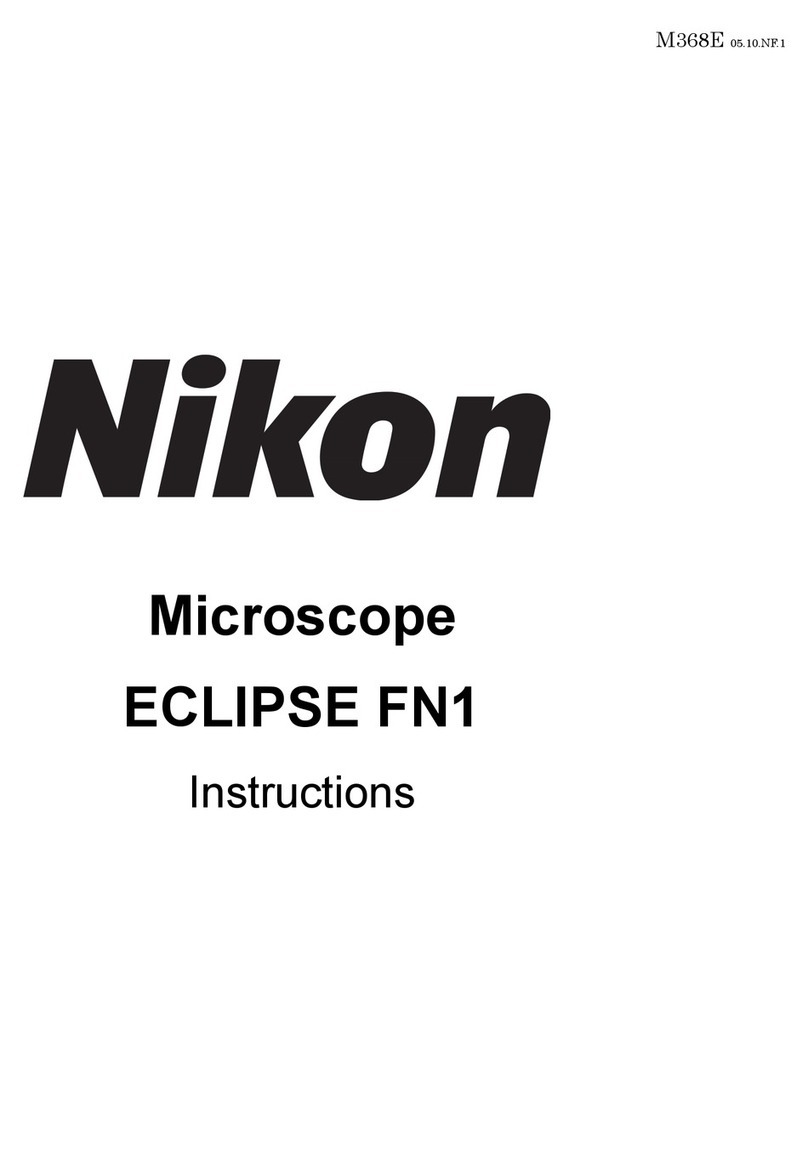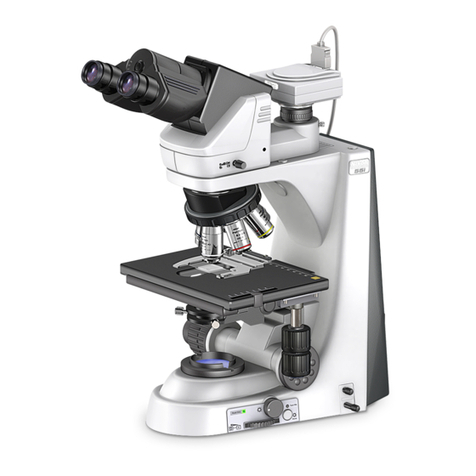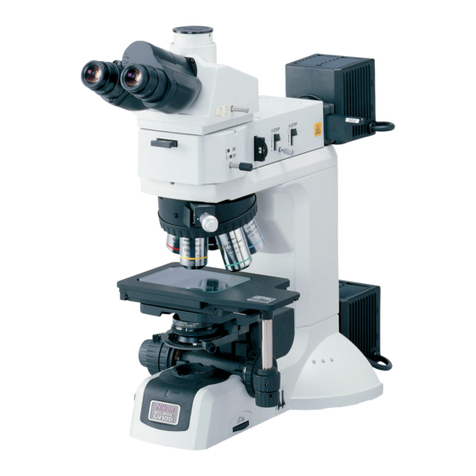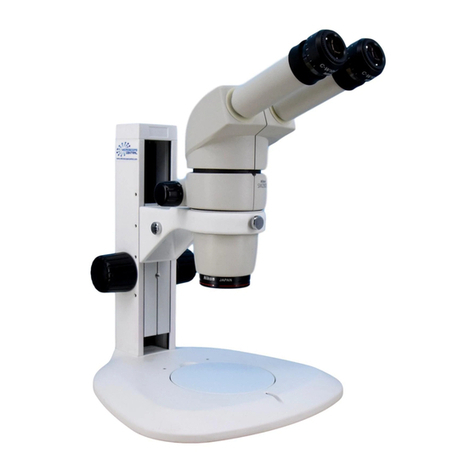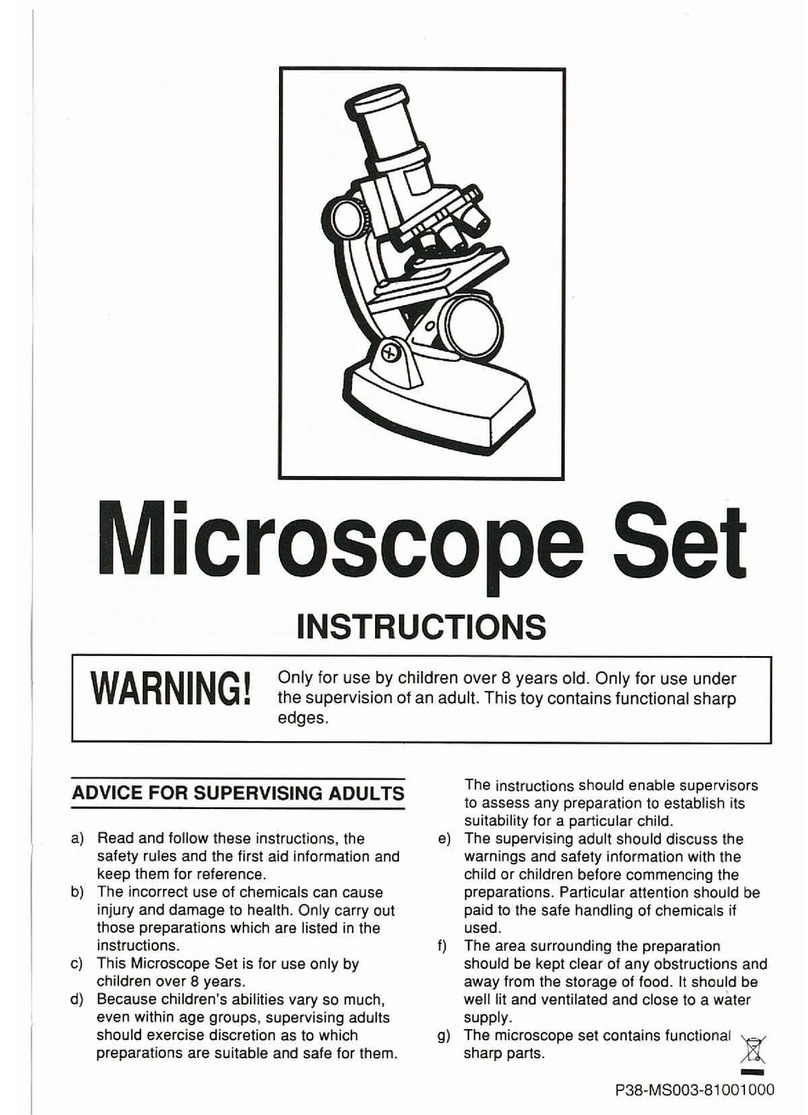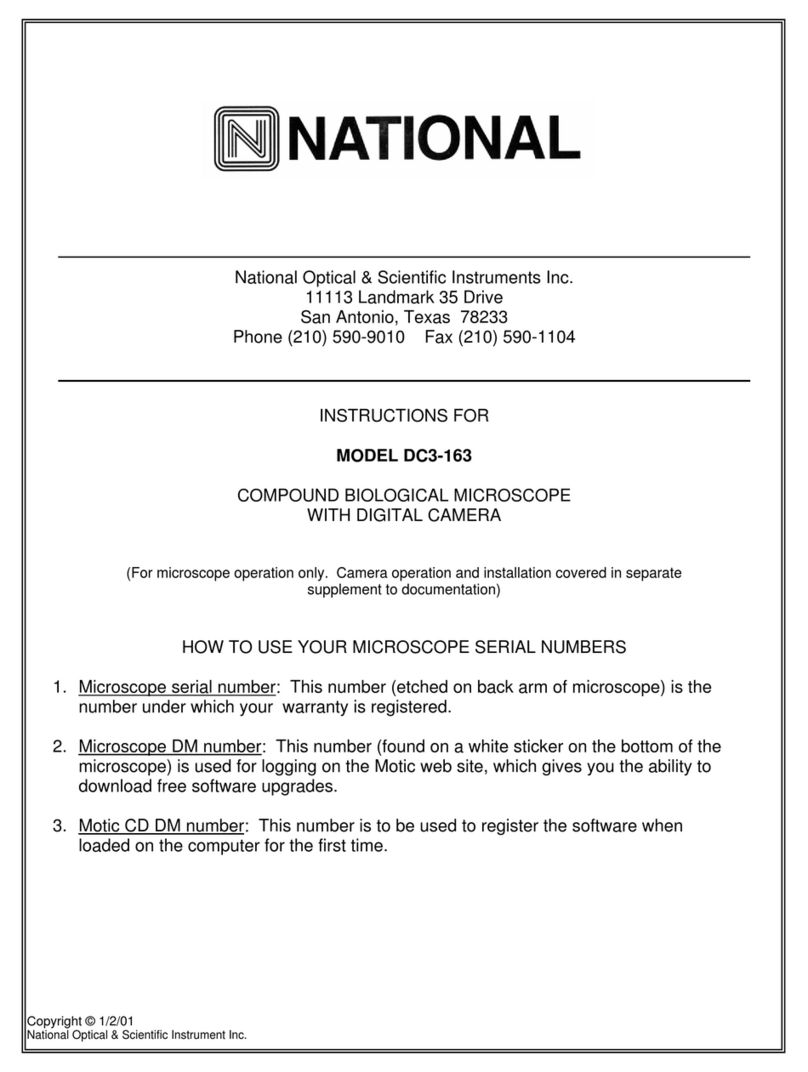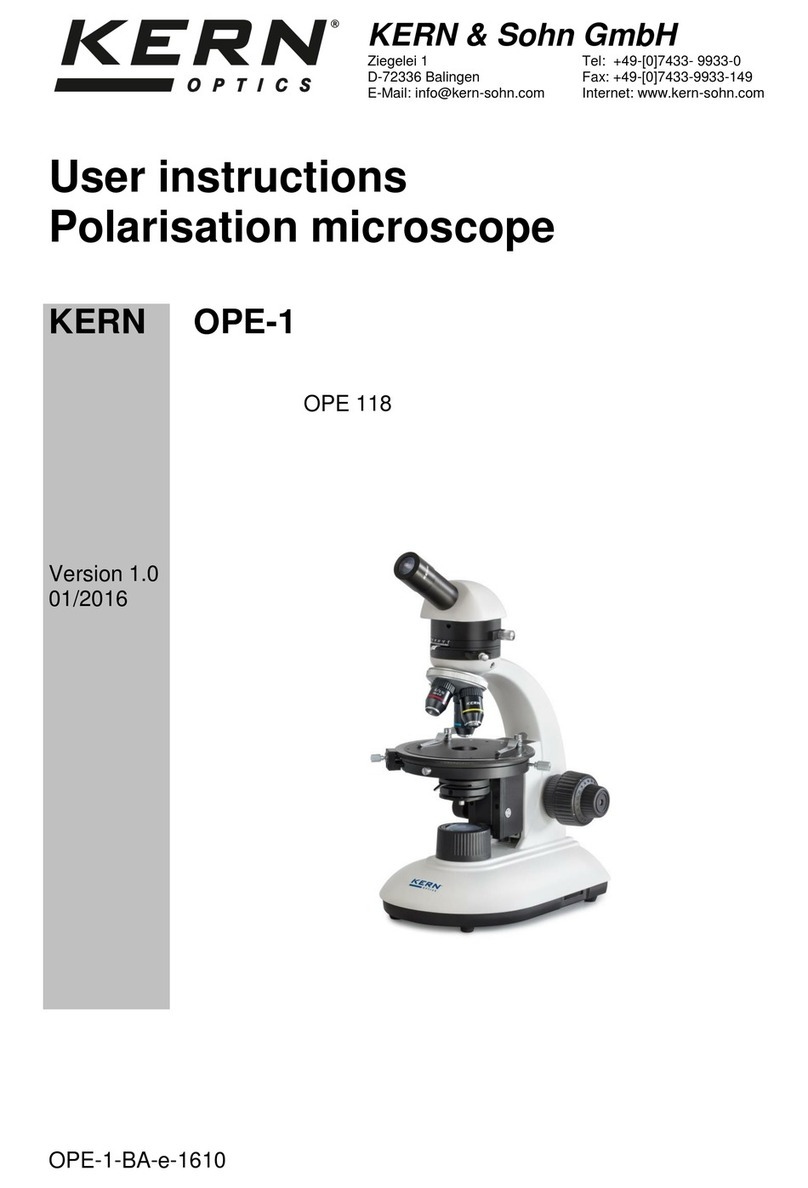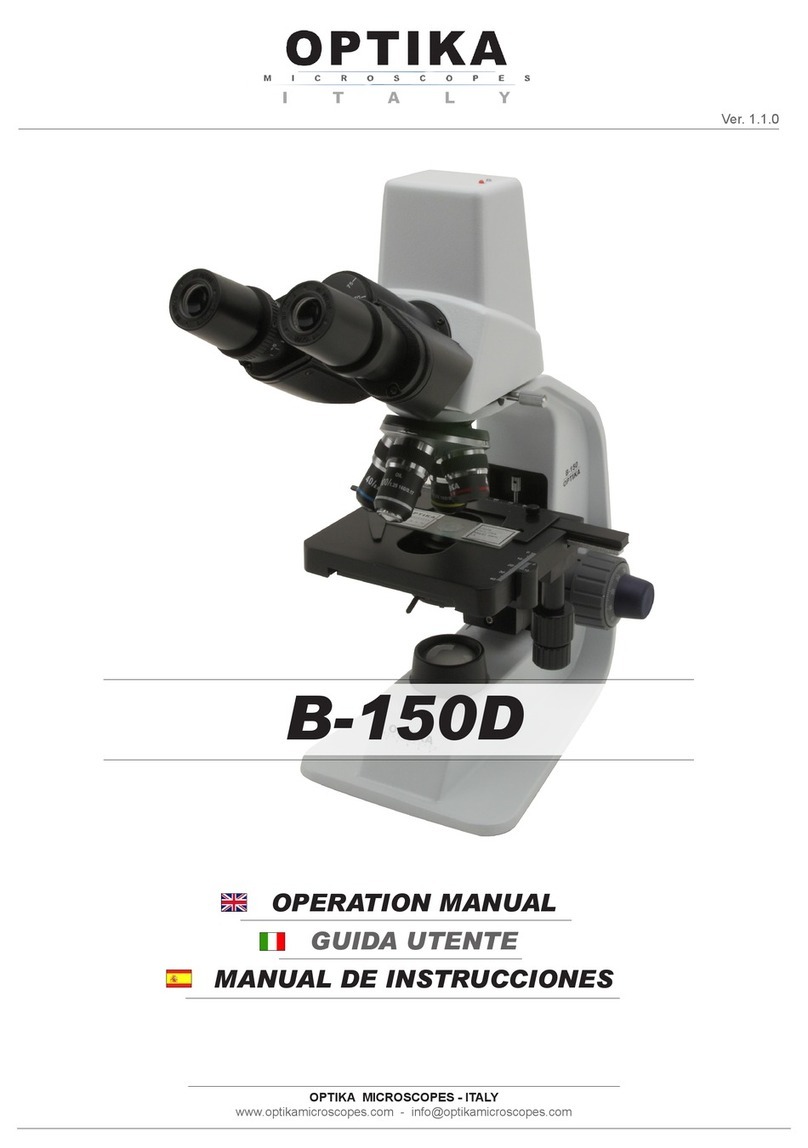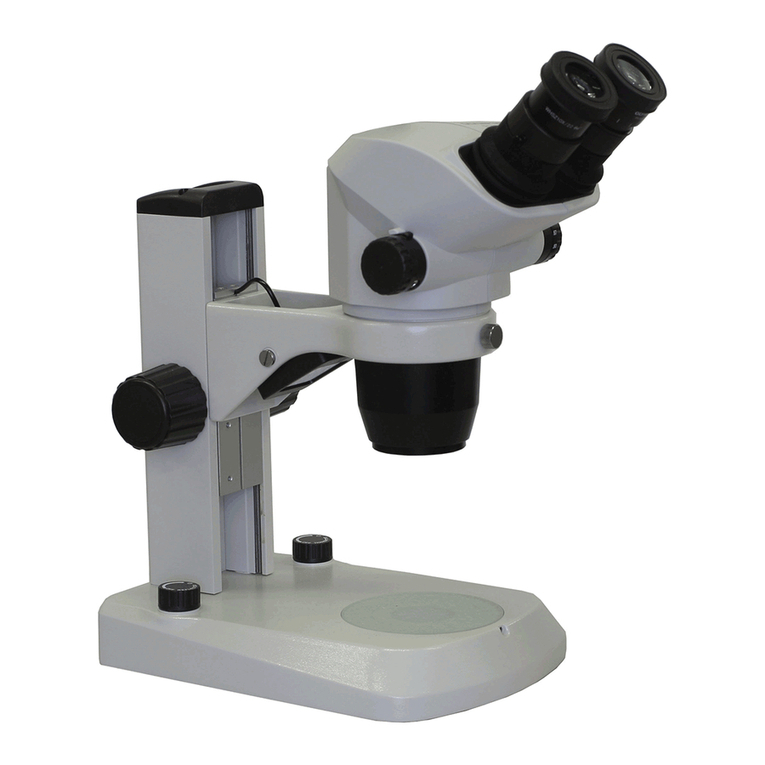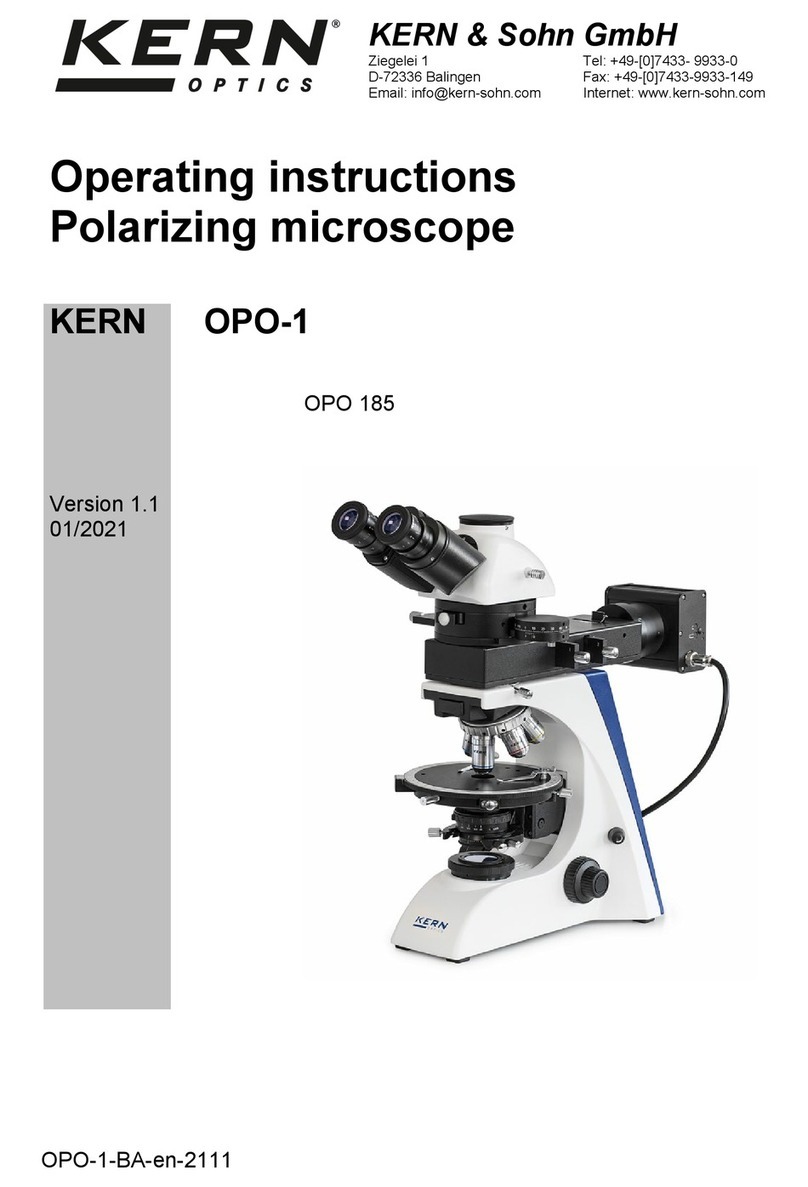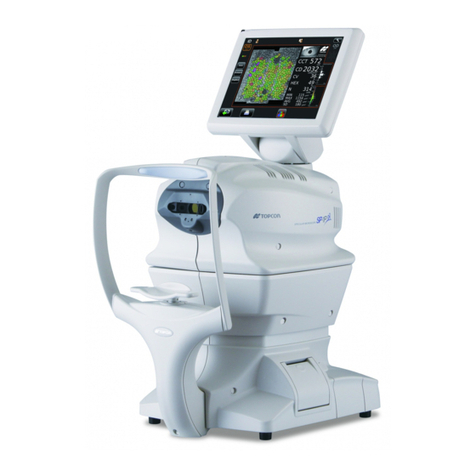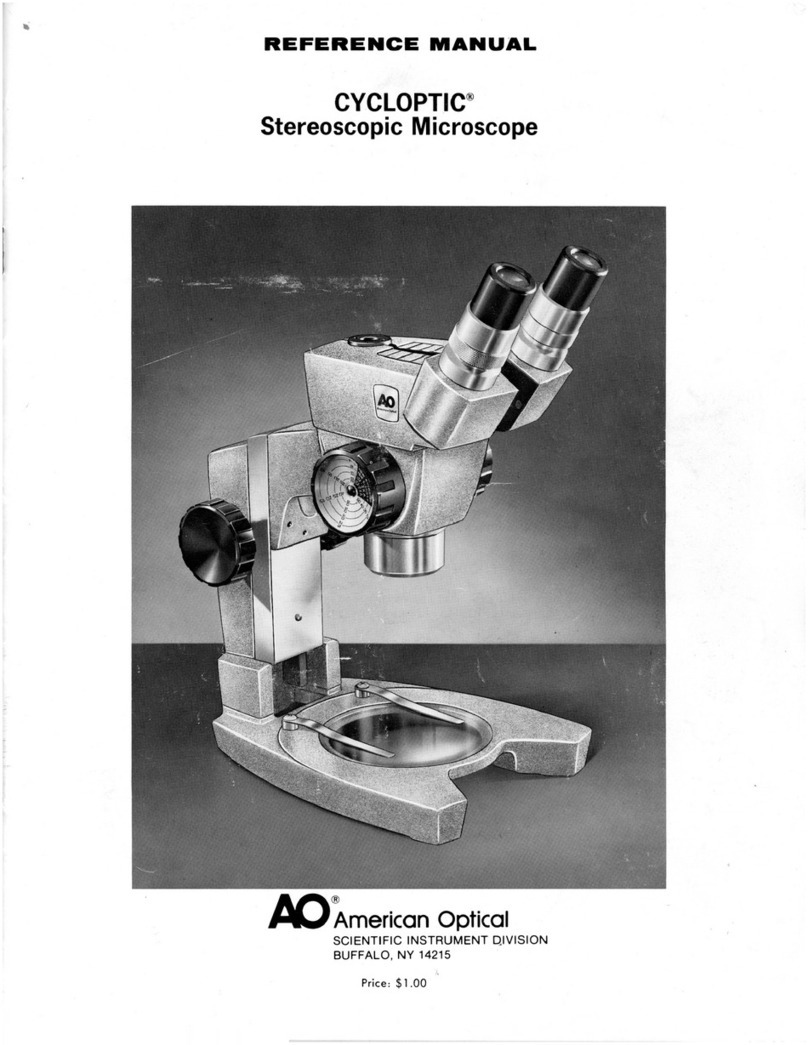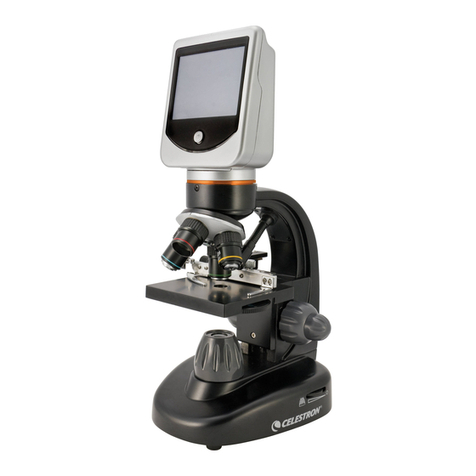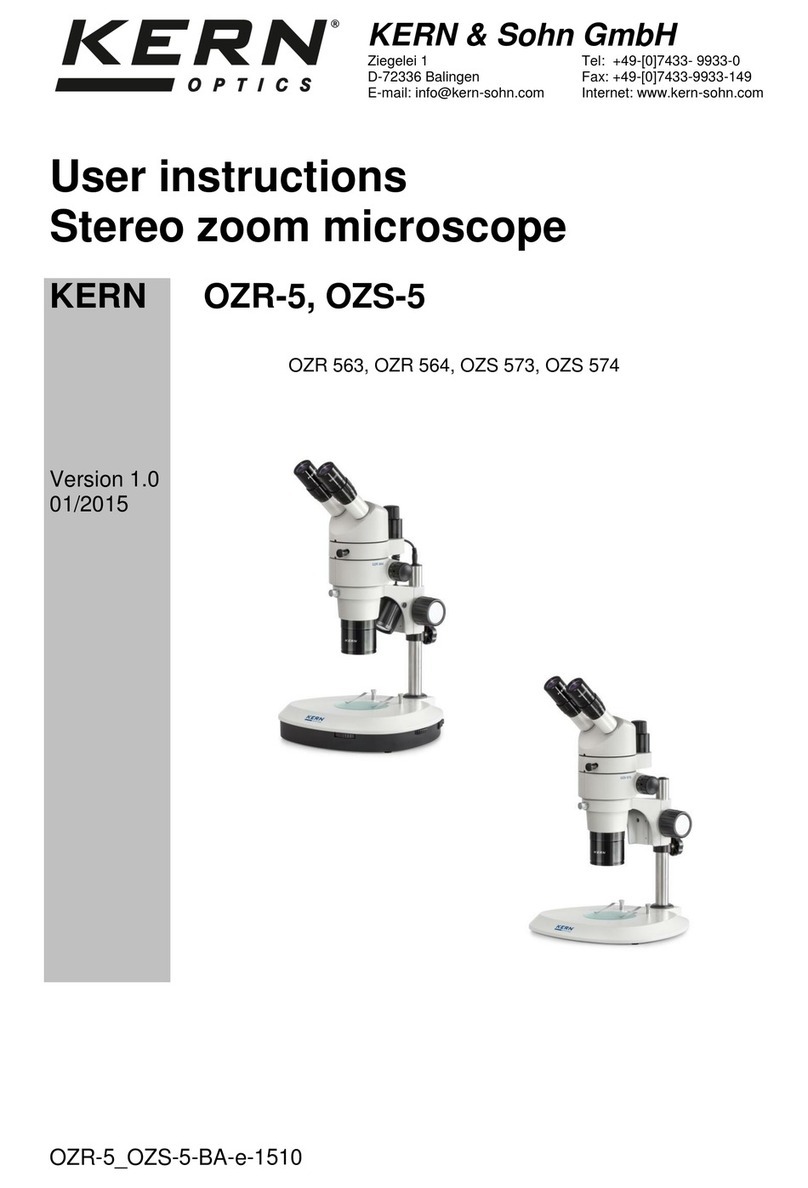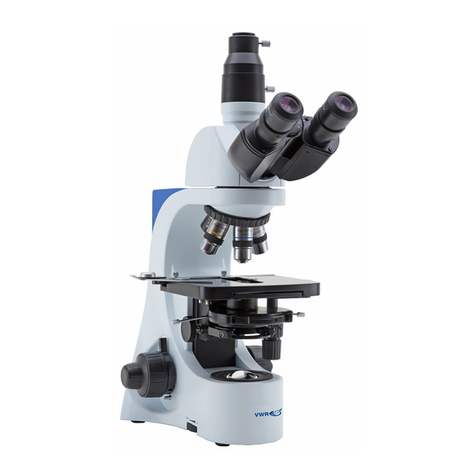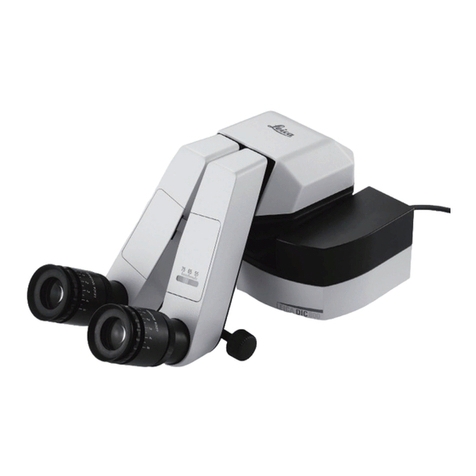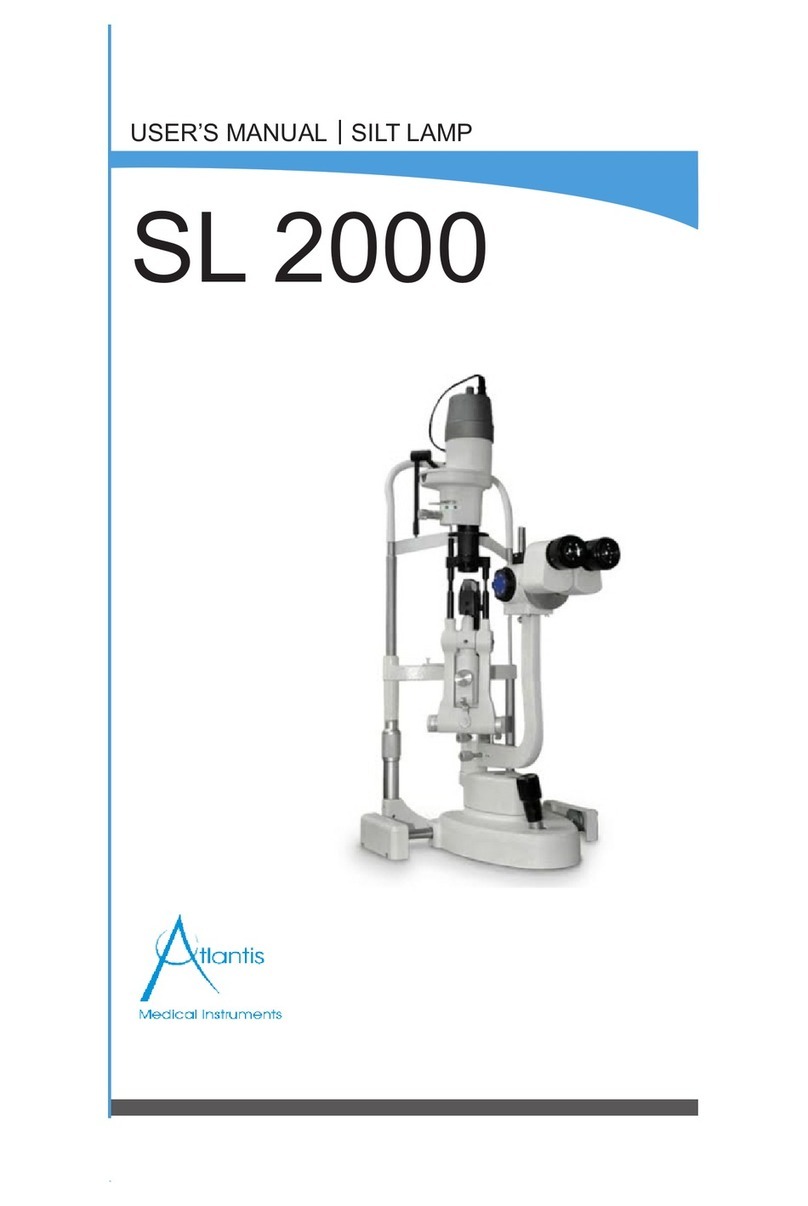
CONTENTS
Warning/Caution Symbols Used in This Manual ......................................................... 1
& WARNING ................................................................................................................... 2
& CAUTION .................................................................................................................... 3
D Names of Component Parts and Operational Parts ............................................. 6
Iii Microscopic Procedure ........................................................................................... 8
D Diascopic Illumination Microscopy .................................................................................. 8
El
Episcopic Illumination Microscopy ................................................................................. I3
II
Orthoscopic Observation/Conoscopic Observation ........................................................ I 7
D Operation of Each Part ......................................................................................... 18
D Coarse and fine focus knobs .....
..
....
..
.........
..
...........................
..
..........
..
..
..
.........
..
..
.
..
.
..
....
18
I.
Rotation
of
the coarse and fine focus knobs and vertical movement
of
the stage ....
18
2.
Adjusting the torque
of
the coarse focus knob ...........................................................
18
3. Coarse focus stopper...................................................................................................
19
El
Trinocular eyepiece tube .................................................................................................. 20
1.
Optical path selection .................................................................................................
20
2.
Vertical tube adapter................................................................................................... 20
3. Optical path selection lever clicking ..........................................................................
20
II
Diopter adjustment ...........................................................................................................
21
D Interpupillary distance adjustment ...................................................................................
21
II
Condenser......................................................................................................................... 22
1.
Focusing and centering ............................................................................................... 22
2.
Condenser aperture diaphragm ................................................................................... 23
3. Swing-out the top lens
of
the condenser .................................................................... 24
Iii Field diaphragm ............................................................................................................... 24
I.I Filters................................................................................................................................ 24
Iii Auto-photo switch (for photomicrography) .................................................................... 25
Iii Oil-immersion operation (using an oil-immersion type
of
objective and condenser) .... 25
mJ
Orientation
of
polarizing plates (Polarizer and Analyzer) .........................................•.... 26
mFocusing and centering the Benrand lens........................................................................ 28
18
P-CL
l/4A.
& tint plate ..................................................................................................... 28
Ill Centering the objectives ................................................................................................... 28
ID
Circular graduated stage for polarizing microscope ........................................................ 29
ml
Use
of
optional accessories (Sold Separately)................................................................. 29
1.
P-CS Senarmont Compensator ................................................................................... 29
'"'
P-CQ Quartz wedge ....................................................................................................
30
3. Attachable Mechanical Stage .....................................................................................
31
III
Assembly ............................................................................................................... 32
~Troubleshooting
Tables ........................................................................................
41
nCare and Maintenance .......................................................................................... 45
H Specifications and Standards .............................................................................. 46
5

